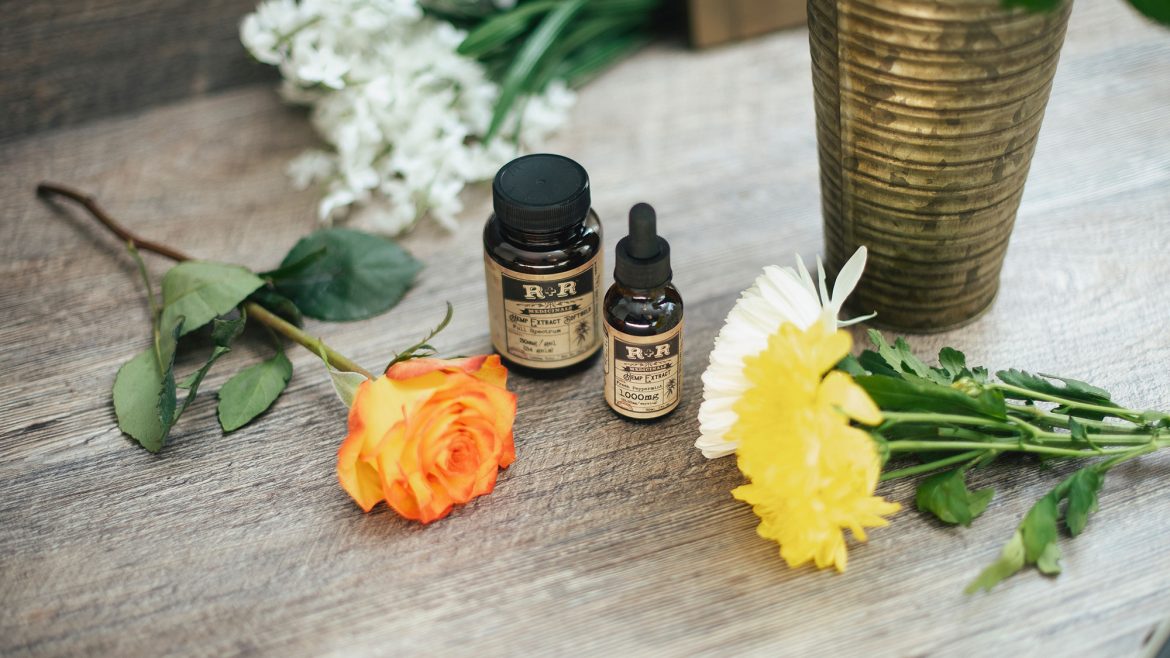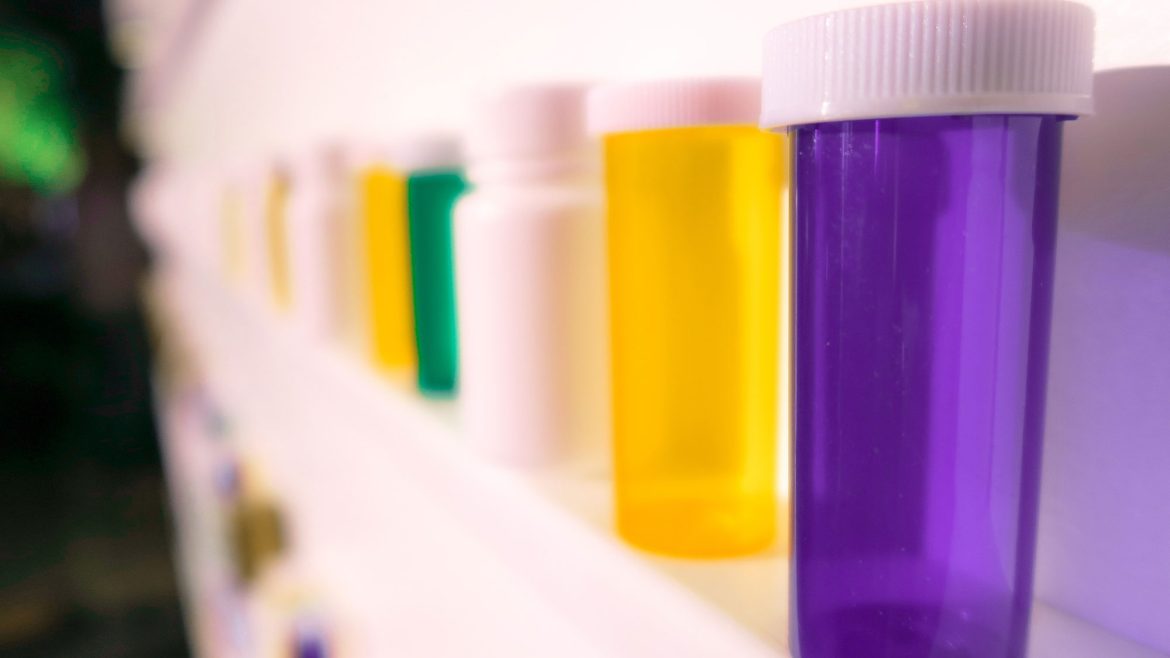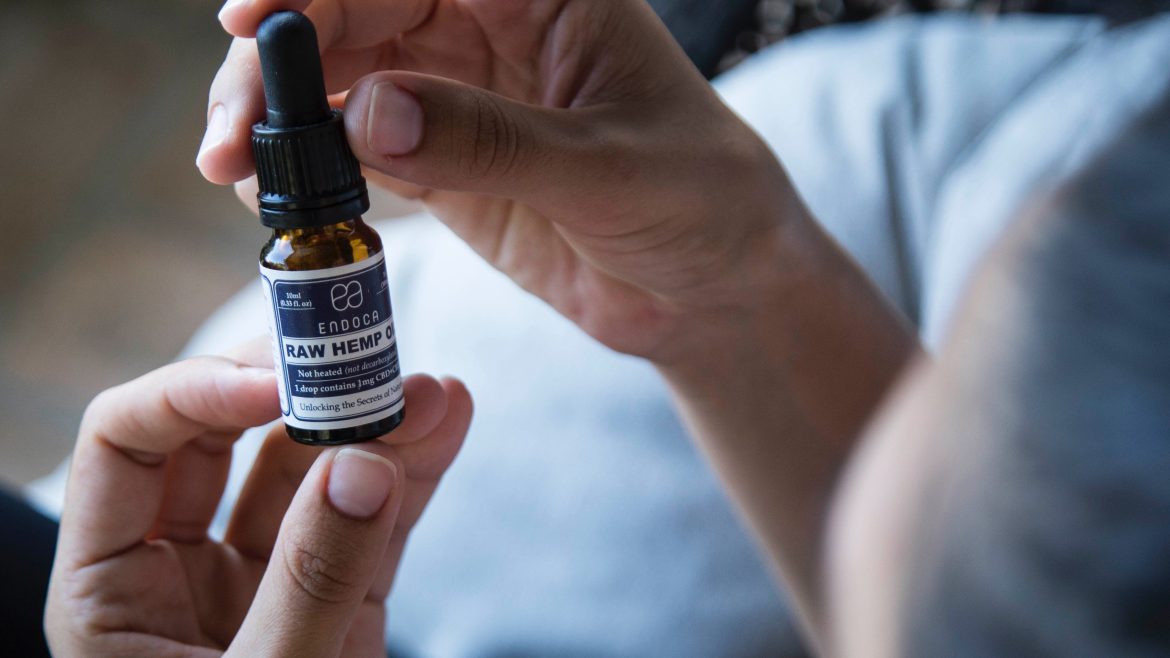Understanding the Regulations Around Cannabis in NJ and a Federal Trademark
Naturally, when starting a business, you want to ensure your brand and trademarks are protected. But, what can you do if your business sells products that aren’t legal in all states? With the legalization of marijuana slowly rising, those in the business of selling cannabis, or cannabis infused products, in states where it’s allowed are facing a new kind of legal issue. Here’s what you need to know about New Jersey cannabis regulations and obtaining a federal trademark.
The Situation in NJ
Earlier this year, there was talk of recreational marijuana becoming legalized in the state of NJ. After much debate, the amendments to NJ marijuana laws failed to come to fruition. But, worry not, the legality of medical marijuana still stands. Here’s how it works1
. First, people who have a qualifying condition (anxiety, chronic pain, migraines, Tourette’s Syndrome, etc.) must get certified by their physician. Upon getting this certification, they must provide personal information, proof of ID and, of course, a payment. Once your name is added to the New Jersey Department of Health Registry, you can visit your local treatment center to pick up your medical marijuana.
Obtaining a Federal Trademark
Alright, so here’s the deal with getting a federal trademark for your cannabis business – you can’t. Bummer, we know. The thing is, trademark law actually prohibits you from registering any products that can’t be legally sold across US state lines. Unfortunately for marijuana, as well as products infused with it, the federal Controlled Substances Act2
makes it illegal to sell it across state lines.
You Can Still Protect Your Brand
Don’t worry, there’s still some kind of silver lining for you and your cannabis business. While you can’t get a federal trademark, you can still obtain a local one to protect your business across your state (as long as it’s legal there). While federal trademarks still trump local ones, having a local trademark for your brand or products still helps protect your business from other local competitors. This does mean, however, that your business can’t fight companies in other states.
Another option is that you can trademark your brand for other products you sell that don’t include illegal substances. This way, you can still protect your brand name until you can take further action for your products.
Looking to establish your cannabis brand or maybe even revamp it? Our team of experienced web developers, graphic designers, and digital strategists here at Herban Creative are ready to help you with all of your digital marketing needs. Contact us today for more information!









